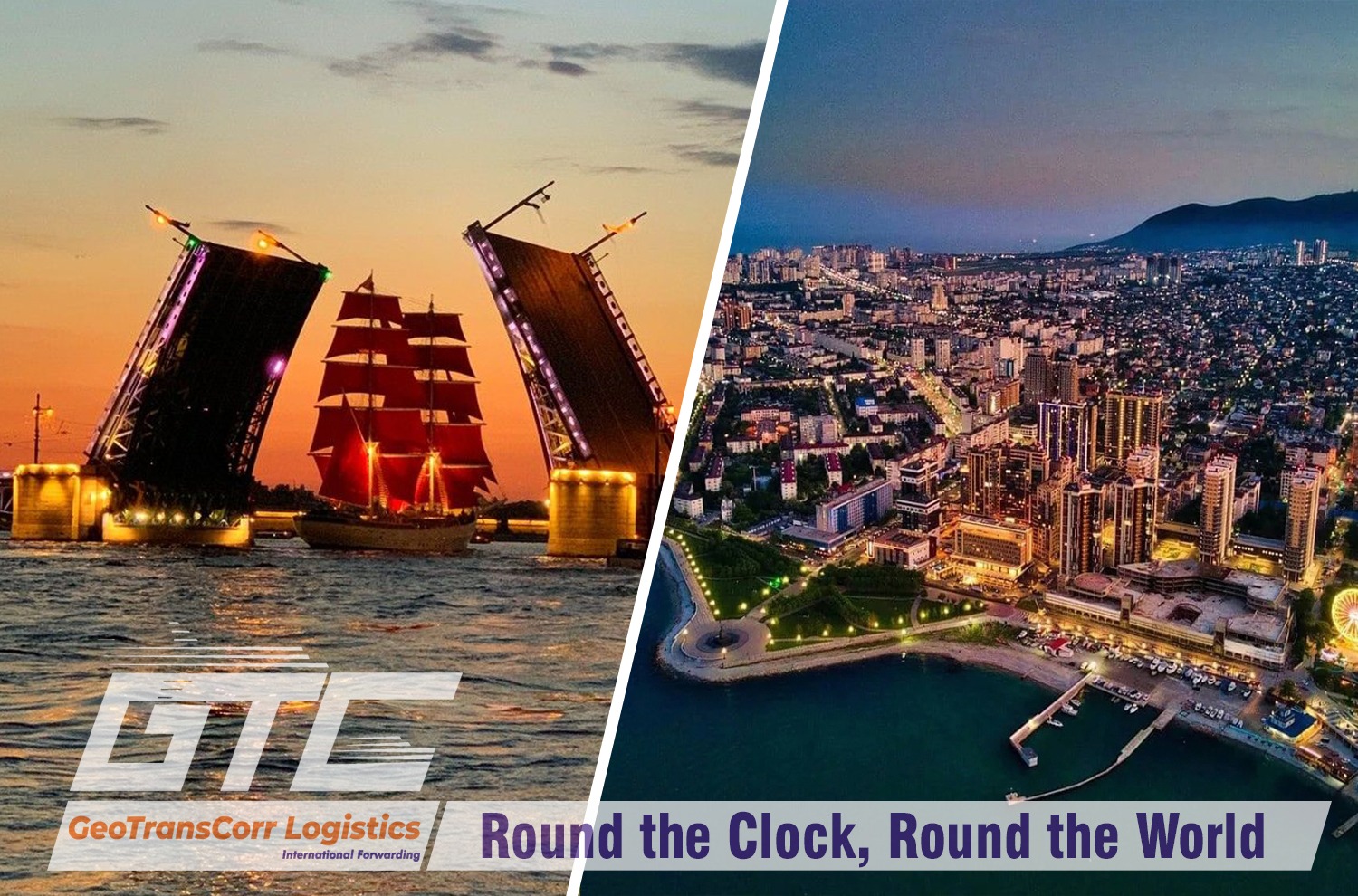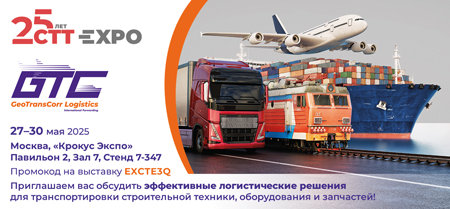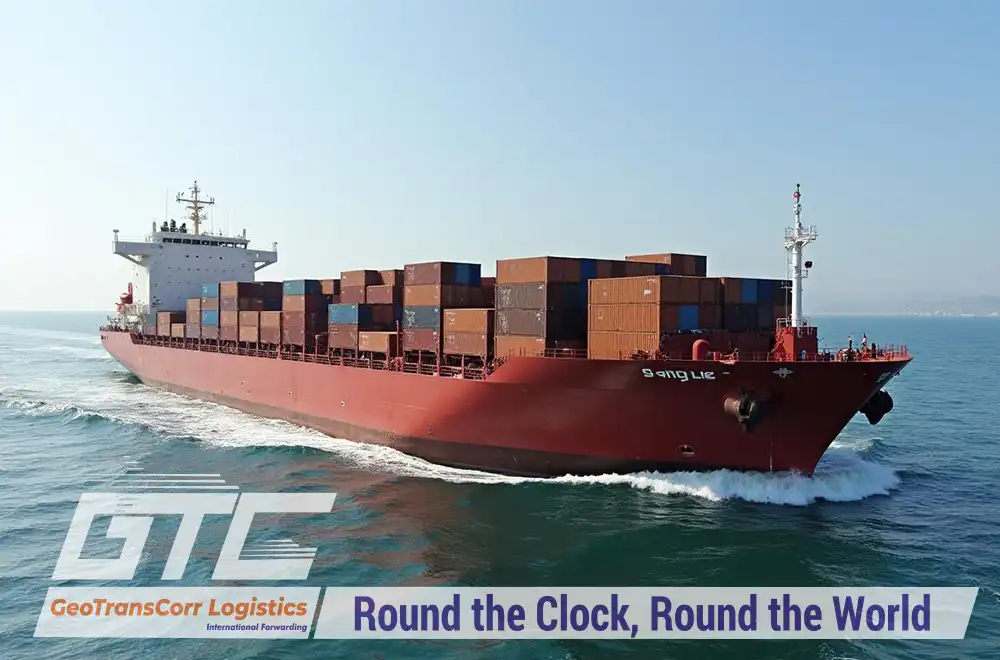Sea transportation of oil plays a pivotal role in powering the modern world, facilitating the movement of billions of barrels of crude oil and petroleum products from production sites to global markets. As the backbone of international trade in the energy sector, massive oil tankers navigate strategic maritime routes and chokepoints, ensuring that nations have access to the energy they need to fuel their economies.
This blog post explores the intricate network of sea transportation for oil, delving into the types of vessels used, key shipping routes, critical safety regulations, and the environmental and economic impacts of this essential industry.
Overview of Oil Transportation
Oil transportation is a critical component of the global energy supply chain, enabling the movement of crude oil and its refined products from production sites to consumption areas. Among various modes of transportation—such as pipelines, rail freight, and road—sea transportation stands out due to its capacity to handle large volumes over long distances, making it indispensable for international trade.
Importance of Sea Transportation of Oil
The maritime transportation of oil accounts for a significant portion of global trade. Tanker ships, specially designed for transporting liquid cargo, are the primary vessels used in this sector. These vessels can carry vast quantities of oil, making it possible to meet the energy demands of nations far from oil-producing regions. Sea transportation of oil and gas is crucial for several reasons:
- Efficiency: Tankers can transport enormous quantities of oil efficiently and economically.
- Flexibility: Unlike pipelines, tankers are not limited by fixed routes and can adjust their courses based on demand and market conditions.
- Global Reach: Tankers enable oil producers to access international markets, facilitating global trade and economic growth.
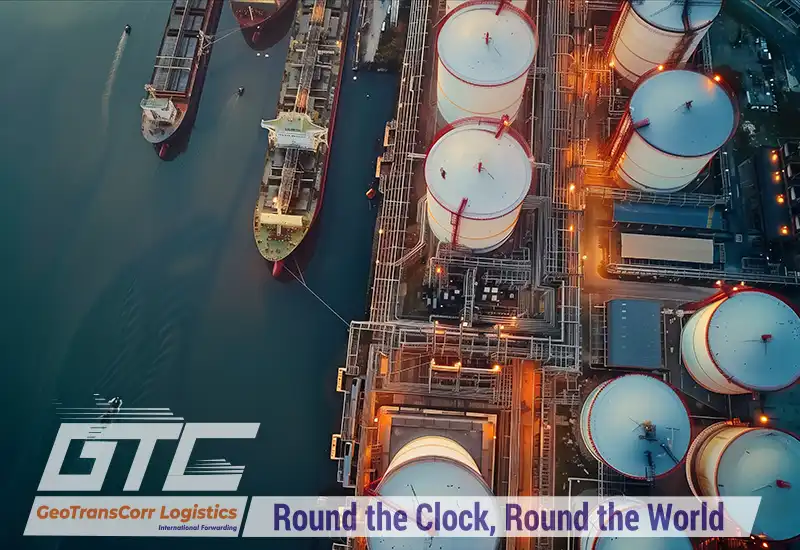
Types of Oil Transport Vessels
The transportation of oil by sea freight is facilitated by a range of specialized vessels designed to safely and efficiently carry crude oil and its refined products across the globe. The primary types of oil transport vessels include various categories of tankers, each with distinct characteristics and capacities. Here’s an overview of the main types:
1. Tankers
ULCC (Ultra Large Crude Carriers)
- Capacity: Over 320,000 deadweight tons (DWT)
- Features: These are the largest tankers, capable of carrying up to 4 million barrels of oil. They are designed for long-haul routes, often from the Middle East to major consumption areas like Europe and Asia.
- Usage: Due to their immense size, ULCCs are limited to specific deepwater ports and require special infrastructure for loading and unloading.
VLCC (Very Large Crude Carriers)
- Capacity: Between 200,000 and 320,000 DWT
- Features: VLCCs can carry up to 2 million barrels of oil. They are commonly used for transporting crude oil over long distances, such as from the Middle East to Asia and Europe.
- Usage: VLCCs are versatile and can access a broader range of ports compared to ULCCs, making them a popular choice for major oil routes.
Suezmax
- Capacity: Up to 200,000 DWT
- Features: Named for their ability to transit the Suez Canal, these tankers can carry around 1 million barrels of oil. Their size allows them to access most major ports without extensive modifications.
- Usage: Suezmax tankers are often used for regional transport and can navigate narrower waterways, making them flexible for various routes.
Aframax
- Capacity: Between 80,000 and 120,000 DWT
- Features: These tankers are named based on the Average Freight Rate Assessment (AFRA) system and can carry up to 750,000 barrels of oil. They are designed for efficiency and are often used in regions with size restrictions.
- Usage: Aframax tankers are widely used in regions like the Mediterranean, North Sea, and the Caribbean, where they can access ports with size limitations.
Panamax
- Capacity: Up to 80,000 DWT
- Features: These vessels are designed to fit through the original locks of the Panama Canal, with a capacity of around 500,000 barrels of oil. They have specific size constraints to meet the canal’s dimensions.
- Usage: Panamax tankers are used for regional transport, especially in the Americas, and can navigate through the Panama Canal, offering flexibility in routes.
2. Shuttle Tankers
- Features: Shuttle tankers are specialized vessels that transport oil from offshore oil fields to onshore refineries or storage facilities. They are equipped with dynamic positioning systems to maintain their position while loading oil from offshore platforms.
- Usage: Commonly used in regions with extensive offshore oil production, such as the North Sea, Brazil, and the Gulf of Mexico.
3. Floating Production Storage and Offloading (FPSO) Units
- Features: FPSOs are versatile vessels used in offshore oil fields. They combine production, storage, and offloading capabilities, enabling the extraction, processing, and storage of oil directly on the vessel.
- Usage: FPSOs are deployed in deepwater and ultra-deepwater oil fields, where traditional infrastructure is impractical. They allow for continuous production and storage of oil until it can be offloaded to shuttle tankers or pipelines.
Each type of oil transport vessel plays a crucial role in the global oil supply chain, catering to different needs based on capacity, route, and regional constraints. The choice of vessel depends on factors such as the volume of oil to be transported, the distance of the journey, and the infrastructure available at loading and unloading ports.
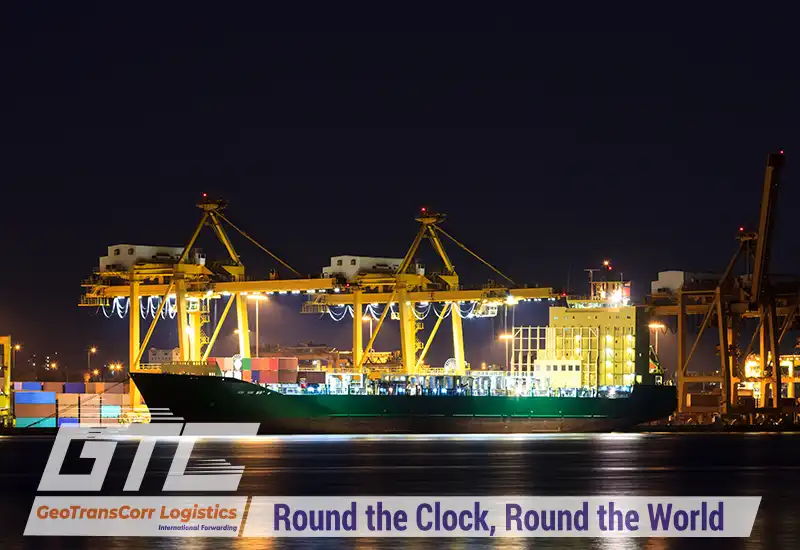
Oil Transportation Routes
The global transportation of oil by sea relies on several key shipping routes and strategic maritime chokepoints that facilitate the movement of crude oil and refined products from production regions to major consumption areas. These major routes and chokepoints are vital for ensuring the steady and efficient flow of oil across the globe. Understanding these routes and chokepoints are essential for comprehending the logistics, economic significance, and geopolitical considerations involved in oil transportation.
Major Global Shipping Routes
Middle East to Asia
This is one of the busiest and most crucial routes, as it connects major oil producers in the Middle East with large consumers in Asia, particularly China, Japan, South Korea, and India.
- Key Ports: Ras Tanura (Saudi Arabia), Fujairah (UAE), and various ports in China and India.
Middle East to Europe
Another vital route that supplies European nations with oil from the Middle East. This route often involves transit through the Suez Canal.
- Key Ports: Sidi Kerir (Egypt), Rotterdam (Netherlands), and other European ports.
West Africa to Europe and North America
Oil from West African producers like Nigeria and Angola is transported to Europe and North America. These routes are essential for diversifying supply sources for Western nations.
- Key Ports: Lagos (Nigeria), Luanda (Angola), and ports in the USA and Europe.
Latin America to North America and Asia
This route involves transporting oil from Latin American countries, notably Venezuela and Brazil, to North American and Asian markets.
- Key Ports: Maracaibo (Venezuela), Santos (Brazil), and ports in the USA and China.
Strategic Maritime Chokepoints
Strait of Hormuz
- Location: Between Oman and Iran, connecting the Persian Gulf with the Gulf of Oman and the Arabian Sea.
- Significance: This is the world’s most critical oil chokepoint, with about 20% of global oil trade passing through it. The strait is narrow, making it vulnerable to geopolitical tensions.
- Daily Oil Flow: Approximately 17 million barrels per day.

Suez Canal
- Location: In Egypt, connecting the Mediterranean Sea to the Red Sea.
- Significance: The canal provides the shortest maritime route between Europe and the Indian Ocean, bypassing the longer route around Africa. It is crucial for transporting oil from the Middle East to Europe and North America.
- Daily Oil Flow: Around 3 million barrels per day.
Panama Canal
- Location: In Panama, connecting the Atlantic and Pacific Oceans.
- Significance: This canal facilitates the movement of oil between the east and west coasts of the Americas and from Latin America to Asia. It saves significant time and distance compared to alternative routes.
- Daily Oil Flow: Approximately 800,000 barrels per day.
Strait of Malacca
- Location: Between the Malay Peninsula and the Indonesian island of Sumatra, connecting the Indian Ocean to the South China Sea and Pacific Ocean.
- Significance: It is a crucial route for oil shipments from the Middle East to East Asia, including major economies like China, Japan, and South Korea.
- Daily Oil Flow: Around 16 million barrels per day.
Regulations and Safety Measures
The transportation of oil by sea is governed by a comprehensive framework of international regulations and safety measures designed to minimize risks to human health, the environment, and maritime safety. These regulations are enforced by various international organizations and national authorities to ensure safe and efficient operations. Here’s an overview of the key regulations and safety measures in place for the sea transportation of oil.
International Maritime Organization (IMO) Standards
The International Maritime Organization (IMO) is the primary body responsible for setting global standards for the safety, security, and environmental performance of international shipping. Key conventions under the IMO include:
- International Convention for the Safety of Life at Sea (SOLAS): This convention sets minimum safety standards for the construction, equipment, and operation of ships, ensuring the safety of crews and vessels.
- International Convention for the Prevention of Pollution from Ships (MARPOL): MARPOL is the main international convention aimed at preventing marine pollution from ships due to operational or accidental causes. It includes regulations to prevent pollution by oil, chemicals, and other harmful substances.

International Safety Management (ISM) Code
The ISM Code provides an international standard for the safe management and operation of ships and for pollution prevention. It requires ship operators to implement safety management systems that ensure compliance with mandatory rules and regulations.
Annex I of MARPOL (International Convention for the Prevention of Pollution from Ships) specifically addresses oil pollution and includes measures such as:
- Double Hull Requirements: Tankers must have double hulls to reduce the risk of oil spills in the event of a collision or grounding.
- Oil Discharge Monitoring: Ships must have systems in place to monitor and control the discharge of oily waste, ensuring that it meets legal limits.
- Oil Record Book: Ships must maintain an oil record book documenting all oil-related operations, including loading, discharging, and any oil spill incidents.
Conclusion
Sea transportation of oil is a vital part of the global energy infrastructure, enabling the efficient movement of large volumes of crude oil and refined products across the world. Specialized vessels like ULCCs, VLCCs, and shuttle tankers navigate key routes and chokepoints, such as the Strait of Hormuz and the Suez Canal, to connect oil producers with consumers. Robust international regulations and safety measures, enforced by organizations like the IMO, ensure the safety and environmental sustainability of these operations. As the world continues to evolve, the maritime oil transportation industry must adapt to new challenges and opportunities, ensuring a reliable and secure supply of this critical resource.

